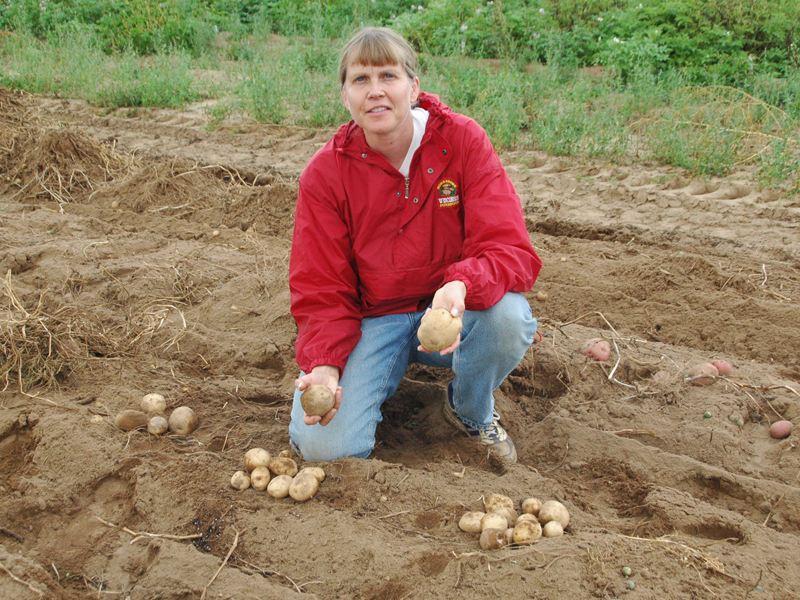Food
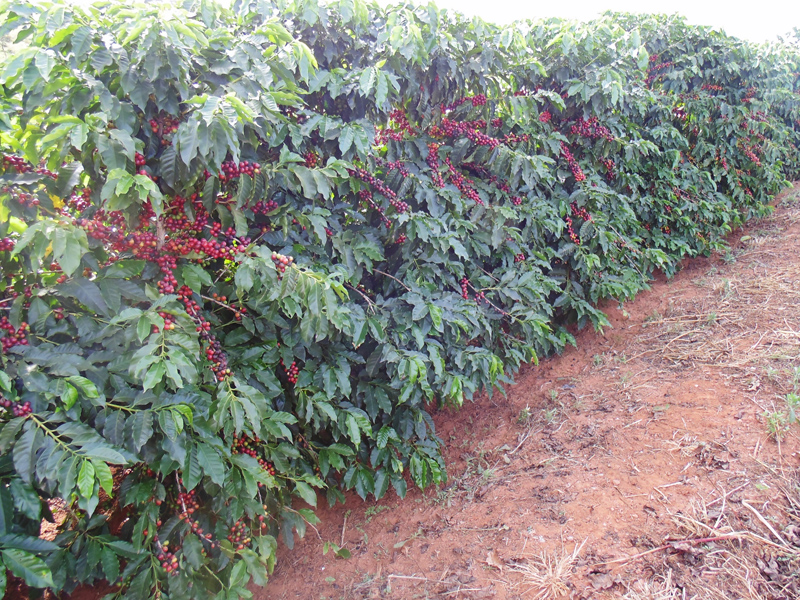
Coffee is one of Brazil’s biggest crops. Brazil’s favorable climate helps coffee beans ripen and be ready for picking during a concentrated period of weeks. This makes mechanical harvesting an economically reasonable choice.

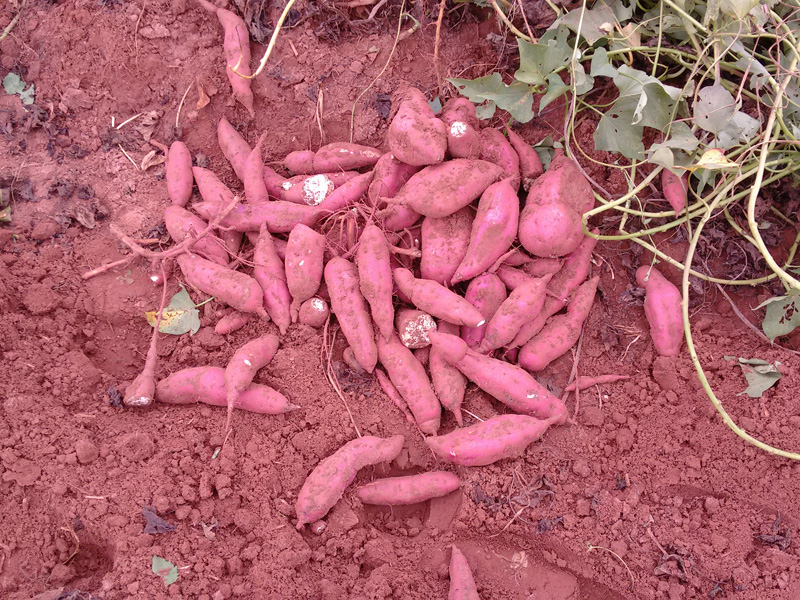
Some relationships can be complicated. Take the one between sweet potato crops and soil nitrogen, for example.

Too little nitrogen and sweet potato plants don’t grow well and have low yields. Too much nitrogen, however, boosts the growth of leaves and branches at the expense of storage roots. That also leads to low yields.
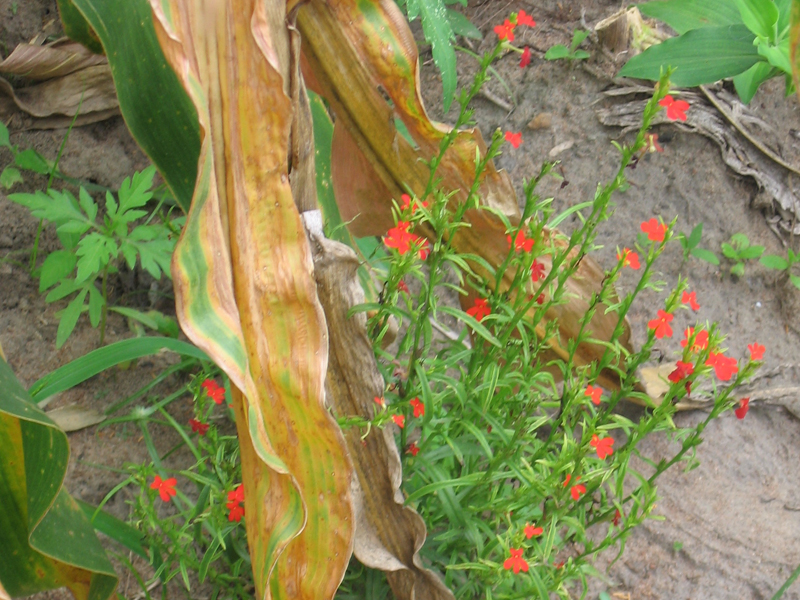
The world produces more corn by weight than any other cereal crop. Corn, also known as maize, is a staple food in many countries. But farmers growing corn face many challenges, such as drought, diseases, and pests.

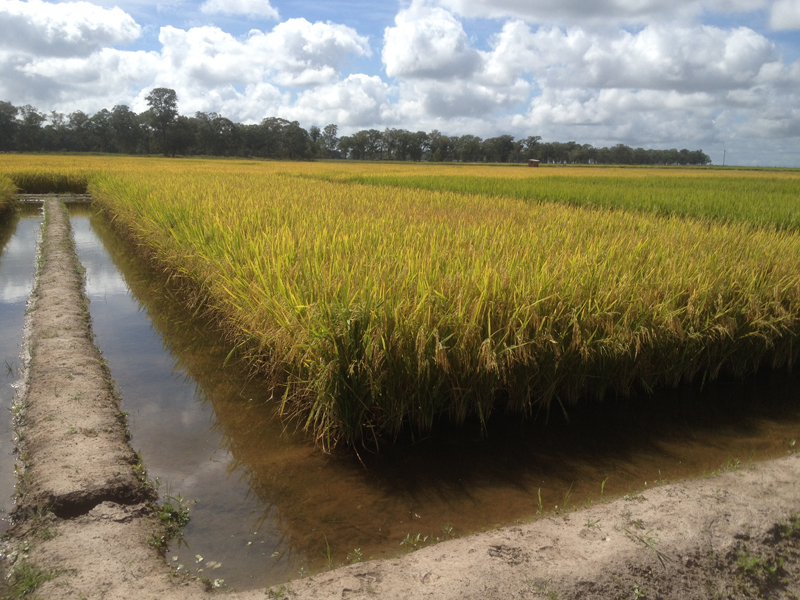
Outside Asia, no country produces as much rice as does Brazil. It is the ninth largest rice producer in the world. Average annual yields are close to 15 million tons.

Rice production in Brazil is a multi-billion dollar industry. It employs hundreds of thousands of people, directly and indirectly.
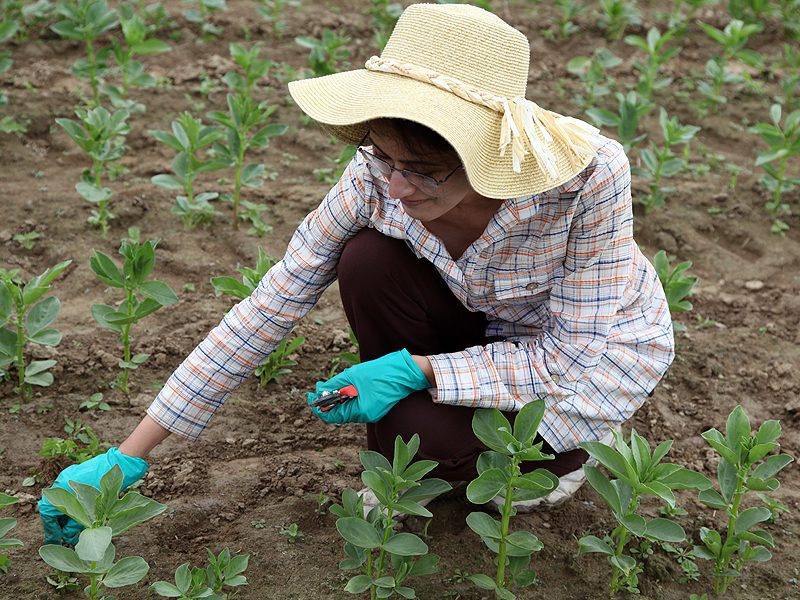
Researchers have good news for growers. Farmers raising a nitrogen-hungry crop like sweet corn may save up to half of their nitrogen fertilizer cost. The key: using a faba bean cover crop.
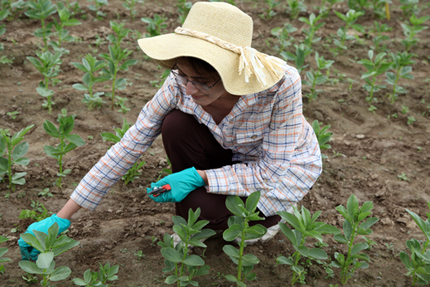
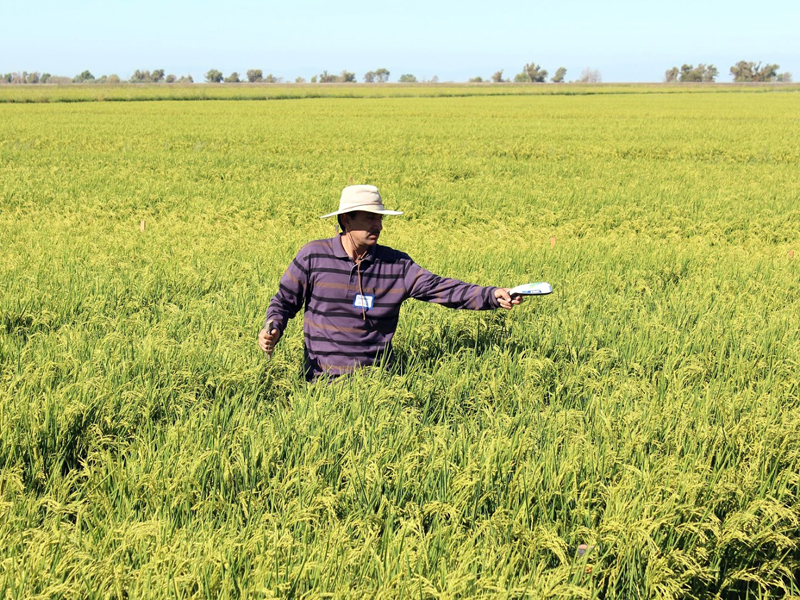
Farmers make a lot of decisions. One of the most important is how much fertilizer to apply to their crops, and when to apply it. Applying more than necessary or at the wrong time can waste resources, impact the environment, and cut into narrow profits.

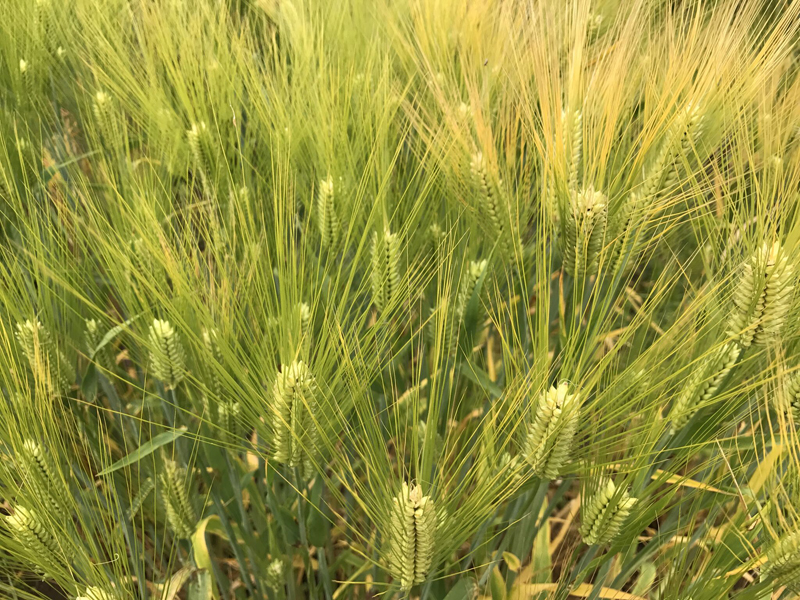
Researchers at Oregon State University (OSU) are giving an ancient grain a new life: this barley is naked, but not in an indecent way.

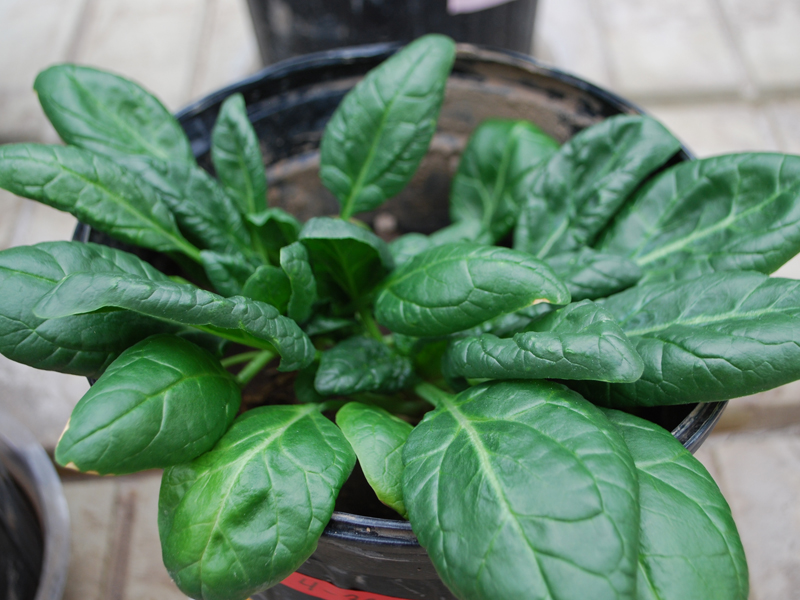
Soils keep plants healthy by providing plants with water, helpful minerals, and microbes, among other benefits. But what if the soil also contains toxic elements?
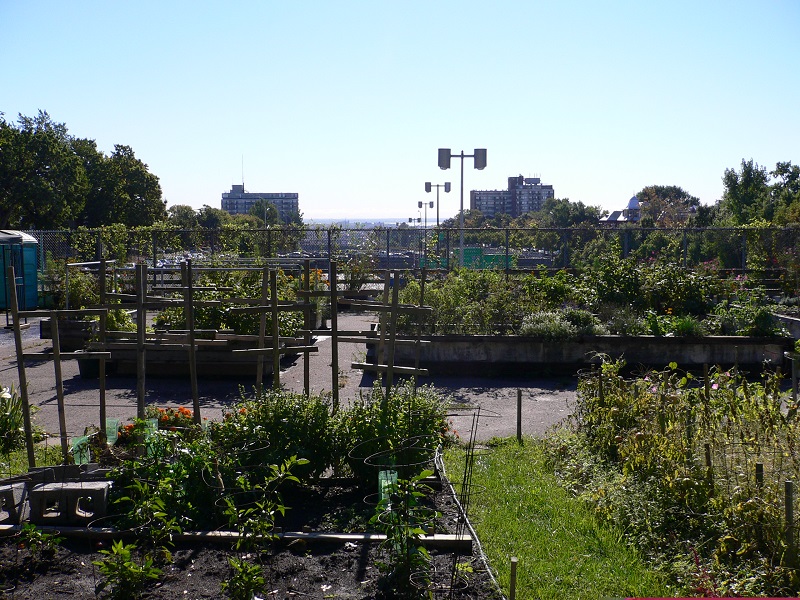
Montreal: Famous for its churches, carriage rides…and urban agriculture.
Yes, urban agriculture. Montrealers have cultivated not only a love for food, but also a love for food grown locally. The city’s growth in this field yields lessons for urban agriculture elsewhere.


